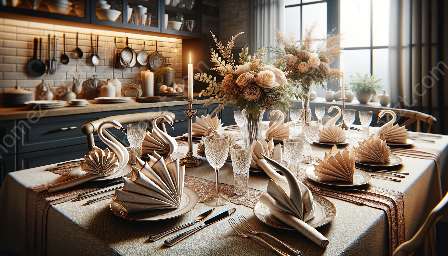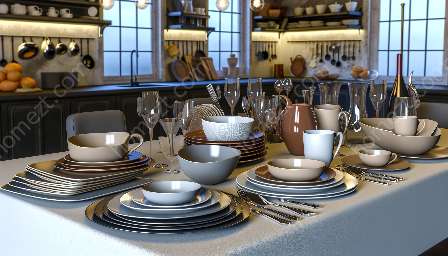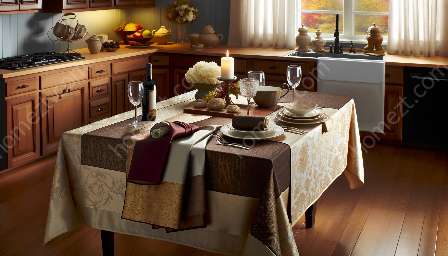Napkin rings have been an essential part of table settings and dining experiences for centuries. From elegant dinner parties to casual family meals, these small but significant accessories add a touch of charm and sophistication to any table.
When it comes to table settings, the role of napkin rings goes beyond just keeping the napkins neatly folded. They serve as decorative elements that enhance the overall aesthetics of the dining experience. In this article, we will delve into the history, designs, materials, and placement of napkin rings, and how they contribute to the art of table setting and dining.
The History of Napkin Rings
Napkin rings have a rich history that dates back to the 18th century, when they were first introduced in European dining culture. Initially made of precious metals such as silver or gold, napkin rings were a symbol of wealth and status. They were personalized with monograms or family crests, making them a cherished part of fine dining etiquette.
Over time, the use of napkin rings spread across the globe, becoming essential table accessories in various cultures and social settings. Today, napkin rings are available in a wide range of designs and materials, catering to diverse tastes and preferences.
Designs and Materials
Napkin rings come in an array of designs, ranging from classic and traditional to modern and whimsical. Traditional designs often feature intricate patterns, filigree work, or embossed motifs that exude elegance and timeless appeal. Modern designs may showcase minimalist shapes, geometric patterns, or themed accents that reflect contemporary style.
When it comes to materials, napkin rings are crafted from a variety of substances, including metal, wood, glass, ceramic, and even natural elements such as seashells or beads. Each material lends its unique texture, color, and finish to the napkin rings, allowing for endless possibilities in coordinating them with different table settings and dining themes.
Napkin Rings and Table Settings
The placement of napkin rings within a table setting is an art form in itself. Whether formal or informal, the arrangement of napkin rings contributes to the overall visual appeal of the dining table. They can be positioned alongside the dinner plates, elegantly nested in the folds of the napkins, or creatively displayed as part of a thematic table décor.
Pairing napkin rings with complementary table linens, dinnerware, and centerpieces adds depth and character to the table setting, elevating the dining experience to a memorable occasion. By carefully selecting napkin rings that harmonize with the overall ambiance and theme, hosts can create a cohesive and inviting atmosphere for their guests.
Adding a Personal Touch
One of the delightful aspects of napkin rings is the opportunity to personalize them to suit individual preferences and occasions. Whether hosting a formal gathering or a casual meal, incorporating personalized napkin rings with monograms, engraved messages, or thematic embellishments can infuse a sense of warmth and thoughtfulness into the dining experience.
Furthermore, using napkin rings as placeholders or table markers adds a personalized touch to seating arrangements, making guests feel welcomed and valued. This blend of functionality and personalization makes napkin rings a versatile and cherished accessory in the realm of table décor and hospitality.
In Conclusion
Napkin rings are more than just practical accessories; they are pieces of art that contribute to the beauty and charm of table settings and dining experiences. Whether showcasing timeless elegance or contemporary flair, napkin rings play a vital role in enhancing the visual appeal and ambiance of dining tables around the world.
By understanding the history, designs, materials, and placement of napkin rings, individuals can elevate their table settings and dining occasions with creativity, style, and a personal touch. Embracing the art of napkin rings adds an extra layer of sophistication to the age-old tradition of shared meals and communal gatherings.



























